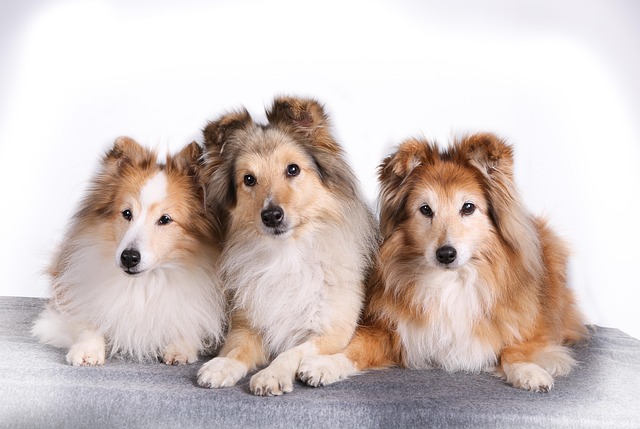
How can I tell if my dog's heatstroke is serious
Let’s be real: It’s a sticky August morning in Los Angeles, and you took your 2-year-old Golden Retriever, Max, for a walk a little later than usual
Imagine coming home after a long day at work to find your couch cushions torn, your favorite slipper chewed to bits, and your normally cheerful Golden Retriever cowering under the dining table, tail tucked and eyes wide. For new dog owners in suburban neighborhoods or busy city apartments, this scene is all too familiar when separation anxiety takes hold. That knot in your stomach—wondering if your pup is suffering while you’re gone—feels heavy, but there are proven ways to help them feel secure, and the best approach starts with understanding their needs.
Separation anxiety in dogs grows from their deep-rooted pack instincts. In the wild, being separated from their group meant danger, so modern dogs carry that same fear of isolation. When left alone, their bodies release stress hormones like cortisol, making their hearts race and minds race too—turning a quiet house into a minefield of anxiety. The best solutions work by replacing that fear with confidence, showing them that your absence isn’t permanent or threatening.
The single most effective thing you can do is build their independence gradually. Start small: pick up your keys, put on your coat, and step outside for just 30 seconds before returning. Do this several times a day, slowly stretching the time to 5 minutes, then 10. Each time you come back, act calm—no excited greetings that make leaving feel like a big event. Create a “safe zone” for them, too: in apartments, a corner with their bed, a worn t-shirt that smells like you, and a puzzle toy stuffed with peanut butter (freeze it first for longer distraction). These toys keep their brains busy, shifting focus from “where did they go?” to “how do I get this treat?”

Consistency is key. Stick to the same routine—same departure time, same calm goodbye—to build predictability, which dogs thrive on. If they stay calm during short absences, reward them with a tiny treat and soft praise when you return. Over weeks, this teaches them that your leaving means you’ll come back, and calm behavior gets positive attention.
In the U.S., responsible care goes hand-in-hand with easing anxiety. Keep their rabies vaccine current—states from Texas to New York require it by law, and it’s a sign of good pet ownership. When out for walks, always carry poop bags; cities like Atlanta fine up to $150 for leaving waste, and it’s part of being a respectful neighbor.
Culturally, never scold or punish an anxious dog for destructive behavior—fear only cranks up their stress hormones, making anxiety worse. Instead, redirect their energy with training sessions using treats before you leave, reinforcing “sit” or “stay” to build confidence. In apartments, avoid leaving them alone for 8+ hours daily; a stressed pup may bark, disturbing neighbors, so consider a midday dog walker. When visiting community parks, keep them leashed until they’re calm, letting them approach others at their own pace to build social confidence.
The best thing for dogs with separation anxiety isn’t a quick fix—it’s patience, routine, and showing them through small, consistent acts that they’re safe, even when you’re apart.

Let’s be real: It’s a sticky August morning in Los Angeles, and you took your 2-year-old Golden Retriever, Max, for a walk a little later than usual

You're enjoying a summer afternoon at the park when you notice your dog has stopped panting and appears disoriented - their gums are bright red

Let’s paint the picture: You’re in your Denver apartment, watching your 4-year-old Boston Terrier, Ruby, plop down mid-play session with her favorite toy

Many dog owners notice their pets nails seem shorter after regular walks,but how much does this daily activity actually help?The answer depends on where you walk—concrete sidewalks or asphalt streets gently file nails as a dog's paws hit the ground

Most dog owners notice their pup scooting across the carpet at some point, but few connect it to impacted anal glands. These small sacs near a dog’s rectum secrete a scent for marking territory

Most vets agree that regular dog teeth cleaning is key to avoiding painful dental issues later. For healthy adult dogs, a professional cleaning at the vet’s office every 12 to 18 months usually works well.